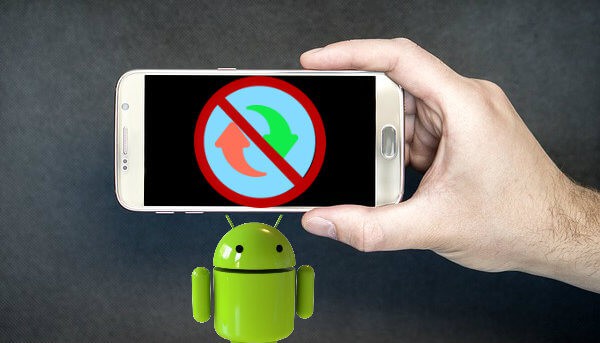Android smartphones get frequent software updates and security updates for improving user interface and user experience.
Often, these updates can go wrong with bugs and other least known issues, and the user can get annoyed with this.
This article will discuss how to uninstall software updates on android phones.
All of us are always excited about the newer versions and updates of Google’s Android since they look into the brighter side of the performance, looks, and feel of your smartphone. However, it cannot be for this good all the time.
There are occasions where the updates detected with bugs and inconsistencies that ultimately cost the user. As a user, you can get annoyed for the developer and software update since there is no option other than to wait for their next release.
Even, Android has no such option, which enables it to roll back into the previous version of the software. All you can do is root your smartphone to install any Android version of your choice.
This article helps you to do it. You can easily roll back into Android Oreo or the lower version from Android Pie.
Before proceeding to unlock bootloader and root your device and flash or install the Android Version of you like, let me warn you about the risks of this process.
This procedure is prone to loss of data and information on your device; also, you can void the warranty of your device from the Original Equipment Manufacturer. It is also likely to get permanent brick or damage to your smartphone.
So, if you are sure about downgrading your android smartphone then, let us now continue to further steps.
Guidelines To Uninstall Software Update On Android Devices?

Before learning the procedure – how to uninstall software update on Android, make sure you Back up everything in your smartphone before you are starting the process. Also, download and keep all the necessary drivers, flashable zips, and other related files.
You should refer only a trusted and popular guide for the method that someone done successfully on the same smartphone model. I recommend you to refer to the XDA developer site.
Step 1: Unlock your bootloader
First of all, you need your smartphone’s bootloader to be unlocked to start the process of downgrading the software update of your android smartphone.
The bootloader unlocking process varies by the smartphone’s manufacturers. The bootloader unlocking guides will be available within their official website.
The most common method, which most of the devices support, is by unlocking the bootloader using the ADB Fastboot.
How to Unlock your Android Smartphone bootloader using ADB Fastboot?
1. Download and Open ADB Fastboot on PC
2. Enable the USB Debugging and OEM Unlock from your Android Phone’s developer settings.
3. Connect Phone to PC and open ADB Fastboot
4. The following command will boot your device into bootloader
adb reboot bootloader
5. In the bootloader, type the following command to unlock the bootloader
For devices from 2015 and later: fastboot flashing unlock
For devices from 2014 and earlier: fastbootoem unlock
6. Confirm the process, if at all, asked. It can be done by pressing the volume up button to confirm and volume down button to deny. Now, your bootloader will be unlocked automatically.
7. Reboot into bootloader mode using ADB Fastboot. The following command will reboot the bootloader once it is successfully unlocked.
fastboot reboot
Note: Sometimes, doing this may affect the device to lose your data, so keep them safe by backing up them before proceeding to start the process.
Step 2: Install the Recovery of your choice
Custom Recovery Image provides an easy touch interface to install, wipe, backup, and restore flashable zips in your android smartphones.
TWRP or Team Win Recovery Project is the most popular and commonly used Recovery that supports most of the smartphones with lots of features. The RedWolf Recovery and the OrangeFox Recovery are another two trending alternatives for TWRP.
The following command can flash custom recovery of your like using ADB Fastboot from PC. Make sure you copy and paste the recovery image file to the ADB Fastboot application folder.
fastboot flash recovery filename.img
Step 3: Download and flash the Android version of your choice into your smartphone.
First, you need to download the Android software of your choice, which is compatible with your smartphone.
You can find all the supported ROMs for your android smartphone on this website: XDA-Developers Android Forums
Note: This step can destroy all your data stored in your smartphone, so backup and continue with the process.
Steps To Flash The Android ROM Zip From Your Device
- Copy the downloaded files into your storage.
- Reboot into Recovery Mode.
- Go to Install or install from Zip.
- Locate the file and flash it.
- Once, the process is completed, wipe the Cache/Dalvik-Cache.
That’s it. This is how you can uninstall software updates in Android gadgets whenever you don’t need them. If you know any other method, let me know!